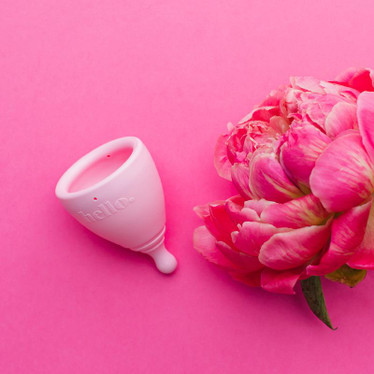
As women, we don’t often find it easy or acceptable to talk about our monthly cycle, interesting considering how much it can influence our perspective throughout the month. It might be time to shift the taboo! Our bleeding each month can be a sign of healthy fertility cycles. Our hormones fluctuate and change over our reproductive life, and so too does our period. You might run like ‘clockwork’, or you might notice lots of little differences each month as our body gives us different signs and symptoms to pay attention to.
We are so lucky to have an abundance of sanitary care items to choose from. Pads are as thin and comfortable as they’ve ever been. Tampons absorb well and glide in easily. Entering the scene showing a rapid rise in popularity are menstrual knickers, reusable pads, and period cups. Although versions of these have been in existence for a long time, thanks to technology, they feel better and are more usable than ever before.
There’s a movement happening in our culture to reduce our waste, particularly single use items. Women are embracing the naturalness of their period – rather than it being something to be ashamed of, making it more acceptable to have to “deal” with blood. Reducing the waste associated with our periods is included in this approach to help our beautiful planet.
What’s the problem with pads?
Sanitary Pads can contain about 90% plastic, which is a huge burden on our environment, given just how long that can take to break down. Tampons have a lot less plastic but are more likely to be flushed down the loo, ending up in the ocean. No one wants to be swimming and have a tampon float by, but worse than this are the long-term effects of the plastic components breaking down into microplastics and negatively impacting sea life. By 2050 it is estimated that for every tonne of fish there will be a tonne of plastic in the ocean. So, stop flushing! Wrap them in paper and dispose in the rubbish. Looking for plastic-free pads and tampons is now a possibility with some companies offering organic cotton options.
I spend how much?
Over our lifetime, the amount we spend on sanitary items gets into the thousands. Reusables might be more expensive up front but last a lot longer before they need replacing. Reducing this cost for many women is a key driver in converting to a zero-waste period product.
Trying a cup
No more guilt needed, throwing away the plastic-rich pads each month! A menstrual cup is usually made of silicone or a mix of plastic and rubber called Thermoplastic elastomers (TPE) and if looked after, can last 15 years. Look for a menstrual cup that is BisPhenol-A (BPA) free to keep your uterus and hormones as healthy as can be, and make sure you get the right size – there are different cups for women over 30 years old or post-pregnancy. Don't forget, it’s important to wash your cup after each use, and sanitise between each cycle. Simple boil your cup in clean water for 10 minutes to kill any bacteria that might be lurking, and make sure the cup is completely dry before storing away.
Be patient
Finding the best ways to fold and then helping the cup pop open once inserted can be a learning process for some women, over several months. Once mastered, most women find more freedom and convenience within their period than ever before.
The future
The forward movement in our collective quest to reduce waste starts with each individual person. The increasing number of excellent options for us to choose form when considering environmentally friendly sanitary items makes it easier.
Menstrual cups we love!
The Mooncup. Made from soft, medical grade silicone, the Mooncup is latex-free and contains no dyes, BPA, toxins or bleaches. Great for women with sensitive skin or prone to dryness, the Mooncup is available in two sizes.
The Hello Cup. The Hello Cup is proudly made and designed in New Zealand using top notch medical grade TPE plastic. Free from silicone, latex, and all other nasties, The Hello Cup is available on our website in three different sizes and four fun colours.


